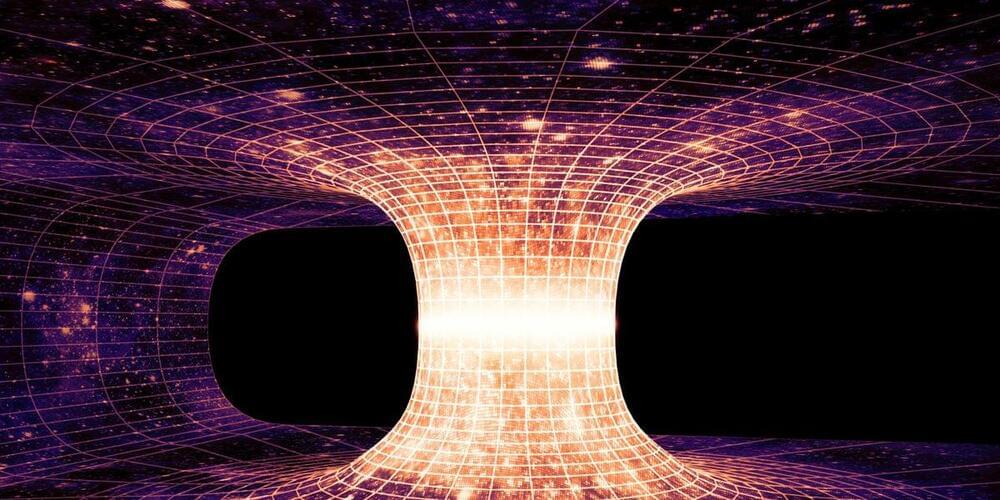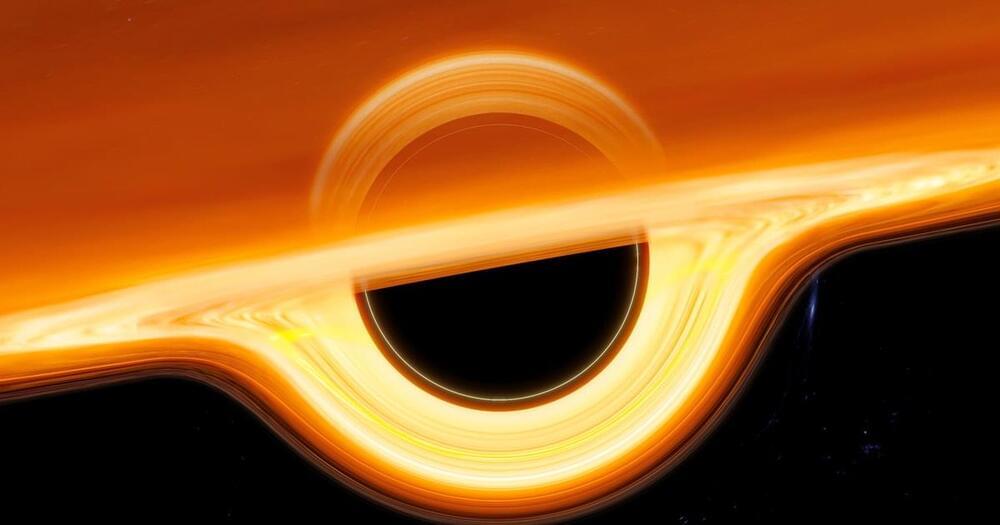Start listening with a 30-day Audible trial and your first audiobook plus two Audible Originals are free. Visit.
http://www.audible.com/isaac or text “ISAAC” to 500–500.
Interstellar travel is very time consuming, moving from star to star, but perhaps we could use stars themselves as spaceships, and move whole solar systems or even galaxies.
Today we’ll look at how to use Shkadov Thrusters, novas, supernovae, black holes and quasars to move through space, literal starships.
Visit our Website: http://www.isaacarthur.net.
Support us on Patreon: https://www.patreon.com/IsaacArthur.
SFIA Merchandise available: https://www.signil.com/sfia/
Social Media:
Facebook Group: https://www.facebook.com/groups/1583992725237264/
Reddit: https://www.reddit.com/r/IsaacArthur/
Twitter: https://twitter.com/Isaac_A_Arthur on Twitter and RT our future content.
SFIA Discord Server: https://discord.gg/53GAShE
Listen or Download the audio of this episode from Soundcloud: Episode’s Audio-only version: https://soundcloud.com/isaac-arthur-148927746/fleet-of-stars.
Episode’s Narration-only version: https://soundcloud.com/isaac-arthur-148927746/fleet-of-stars-narration-only.
Credits:
Generation Ships: Fleet of Stars.
Episode 186, Season 5 E20
Written by:







